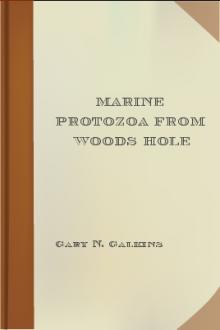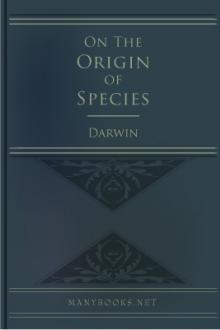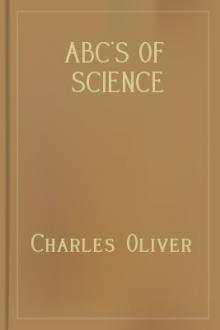Marine Protozoa from Woods Hole
Marine Protozoa from Woods Hole
Bulletin of the United States Fish Commission 21:415-468
Book Excerpt
tion given _A. sol_ by Schaudinn, and it applies perfectly to the freshwater forms. If I am correct, however, in placing an Actinophrys-like form found at Woods Hole in this species, the description will have to be somewhat modified. In this form (fig. 5) there is no distinction between ectoplasm and endoplasm, and there is an entire absence of vacuoles. The nucleus is central, and axial filaments were not seen. The single specimen that I found looked much like a Suctorian of the genus Sphærophrya, but the absence of a firm cuticle and the presence of food-taking pseudopodia with granule-streaming makes it a very questionable Suctorian, and 1 place it here until further study throws more light upon it.
Diameter of body 40µ; length of pseudopodia 120 to 140µ.
[Illustration: Fig. 5.--Actinophrys sol.]
Genus HETEROPHRYS Archer.
The body is globular with but slight differentiation into ectoplasm and endoplasm; one nucleus in the latter;
Editor's choice
(view all)Popular books in Science, Non-fiction
Readers reviews
0.0
LoginSign up
Be the first to review this book

 Free Download
Free Download






















-itok=vcKIB5v1.jpg)